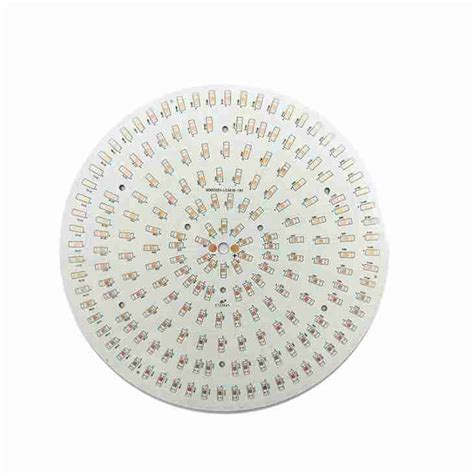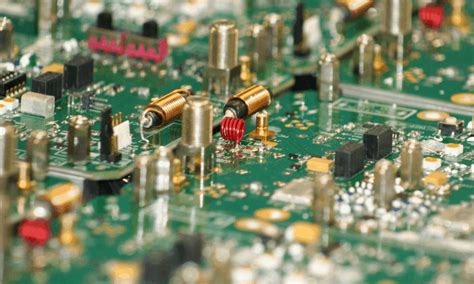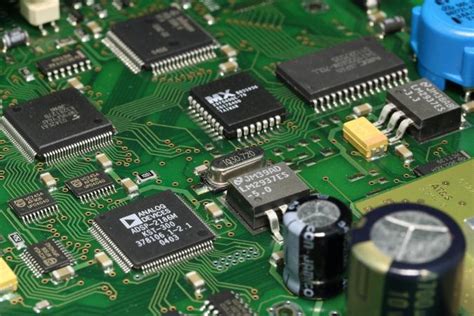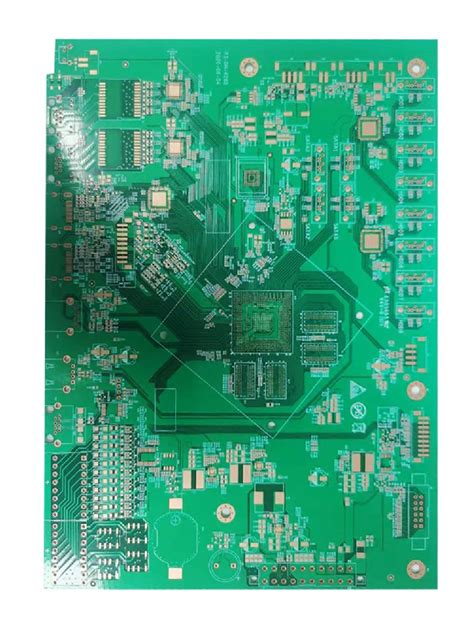Through-Hole Insertion (THT): A Comprehensive Guide
Introduction
Through-Hole Insertion (THT), also known as Through-Hole Technology (THT), is a method of mounting electronic components onto printed circuit boards (PCBs) by inserting component leads through drilled holes and soldering them in place. Despite the growing popularity of Surface Mount Technology (SMT), THT remains widely used in applications requiring mechanical strength, high power handling, and reliability.
This article explores the fundamentals of THT, its advantages and disadvantages, the assembly process, comparison with SMT, and its continued relevance in modern electronics manufacturing.
1. What is Through-Hole Insertion (THT)?
Through-Hole Technology involves inserting component leads into pre-drilled holes on a PCB and soldering them to pads on the opposite side. The components are typically larger and more robust than surface-mount devices (SMDs), making them suitable for high-stress environments.
Types of Through-Hole Components
- Axial Lead Components (e.g., resistors, diodes) – Leads extend from each end.
- Radial Lead Components (e.g., capacitors, LEDs) – Leads protrude from the same side.
- Dual In-Line Packages (DIPs) – Common in ICs with two parallel rows of leads.
- Pin Grid Arrays (PGAs) – Used in high-pin-count microprocessors.
2. Advantages of Through-Hole Technology
2.1 Mechanical Strength
THT components are mechanically secured by their leads, making them more resistant to vibration, shock, and thermal stress than SMT parts. This makes THT ideal for aerospace, automotive, and industrial applications.
2.2 High Power and Voltage Handling
Through-hole components typically have higher power ratings and better heat dissipation than SMDs, making them suitable for power supplies, amplifiers, and high-voltage circuits.
2.3 Ease of Prototyping and Repair
THT is more accessible for manual assembly and rework, making it preferred for prototyping, educational purposes, and repair work.
2.4 Reliability in Harsh Environments
Due to stronger solder joints, THT is often used in military, medical, and industrial electronics where long-term reliability is critical.
3. Disadvantages of Through-Hole Technology
3.1 Larger PCB Footprint
THT components occupy more space than SMDs, limiting miniaturization in compact devices like smartphones and wearables.
3.2 Higher Manufacturing Costs
The need for drilled holes increases fabrication costs, and manual or wave soldering processes are slower than automated SMT assembly.
3.3 Limited High-Frequency Performance
Longer leads introduce parasitic inductance and capacitance, making THT less suitable for high-frequency RF applications compared to SMT.
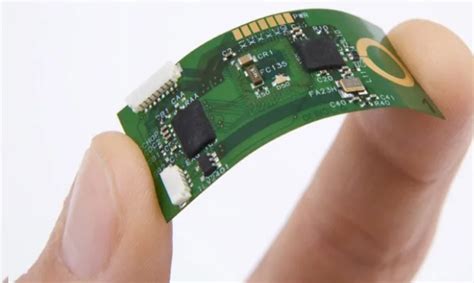
4. The Through-Hole Assembly Process
4.1 PCB Design and Drilling
- Holes are drilled based on component lead diameters.
- Plated-through holes (PTH) enhance conductivity between layers.
4.2 Component Insertion
- Manual Insertion: Used in prototyping or low-volume production.
- Automated Insertion: Machines like axial inserters and DIP placers are used in high-volume manufacturing.
4.3 Soldering Methods
- Wave Soldering: PCBs pass over a molten solder wave, soldering all leads simultaneously.
- Hand Soldering: Used for rework or small batches.
- Selective Soldering: Targets specific THT components on mixed-technology boards.
4.4 Inspection and Testing
- Visual inspection for solder defects (bridging, cold joints).
- Automated optical inspection (AOI) and functional testing ensure reliability.
5. THT vs. SMT: Key Differences
| Feature | Through-Hole (THT) | Surface Mount (SMT) |
|---|---|---|
| Mechanical Strength | High (strong solder joints) | Lower (relies on solder paste adhesion) |
| PCB Space Usage | Larger footprint | Compact, allows higher density |
| Assembly Speed | Slower (drilling & insertion required) | Faster (pick-and-place automation) |
| Cost | Higher (drilling & manual labor) | Lower (high-volume efficiency) |
| High-Frequency Suitability | Limited (parasitic effects) | Better (shorter traces) |
| Repairability | Easier to replace | More challenging (smaller components) |
6. Applications of Through-Hole Technology
Despite the shift toward SMT, THT remains essential in:
- Power Electronics (transformers, large capacitors)
- Automotive & Aerospace (vibration-resistant assemblies)
- Industrial Control Systems (robust connectors, relays)
- Prototyping & Education (easier manual assembly)
- Military & Medical Devices (high-reliability requirements)
7. The Future of Through-Hole Technology
While SMT dominates consumer electronics, THT continues to evolve:
- Mixed-Technology PCBs: Combining THT for power components and SMT for high-density circuits.
- Advanced Soldering Techniques: Selective soldering improves efficiency in THT assembly.
- Niche Demand: Persistent need in industries requiring durability and repairability.
Conclusion
Through-Hole Insertion (THT) remains a vital PCB assembly method, offering unmatched mechanical strength, reliability, and ease of repair. While SMT is preferred for miniaturized, high-speed applications, THT continues to thrive in power electronics, automotive systems, and industrial controls. Understanding both technologies allows engineers to optimize designs based on performance, cost, and durability requirements.
As electronics manufacturing advances, THT will likely persist in specialized applications, ensuring its relevance alongside modern SMT techniques.
References (if applicable)
- IPC standards for PCB assembly
- Industry reports on THT vs. SMT trends
- Case studies from aerospace and automotive sectors
This article provides a detailed yet concise overview of Through-Hole Insertion, balancing technical depth with readability for engineers, students, and electronics enthusiasts. Would you like any modifications or additional sections?


